建築からインダストリアルデザインへ:Pooriaのインスピレーションに満ちたデザイナーキャリア
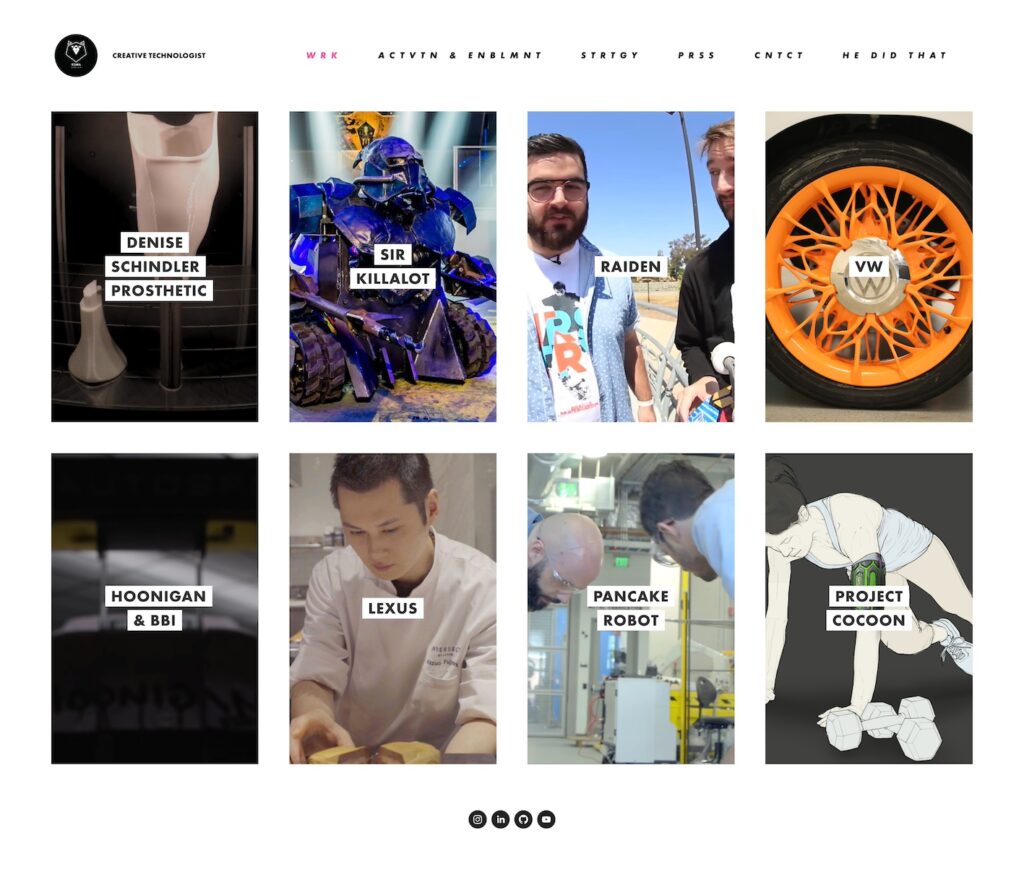
横井(筆者):インタビューの機会をいただきありがとうございます。まずはデザイナーとしてのキャリア、このデザインの世界へどのように飛び込んだのか、教えてもらえますか?
Pooria Sohi(以下Pooria):16歳のとき、学校の親友と最初のデザイン会社を立ち上げました。グラフィックやビデオをいじりながら、他の学生のためにアニメーションや編集を行なっていましたが、プロとしてのキャリアは21歳からです。建築デザイナーとしてのスタートでしたが、学校卒業後はインダストリアルデザインにシフトしました。
そして、2013年にロンドンで、当時のビジネスパートナーと最初の本格的なスタジオ「TwoZeroFiveTwo」を立ち上げました。PinterestやMicrosoftなど、大小様々な企業にデザインの支援と、3Dプリントなどの新しい製造技術のコンサルティングを提供していました。デスクトップ3Dプリンターが普及し始めた時期でしたね。
ちょうどその頃、新しく登場したFusion 360(米国本社のAutodeskによる3D CADソフト)を自社のワークフローへ業界に先駆けて導入したのですが、それがAutodeskの目に留まり声がかかりました。彼らと一緒になることで、私のイノベーティブなアイデアやデザインをより高いレベルで実現できると感じ、スタジオを閉じてAutodeskに参画することにしました。
Autodeskに参画して早速、ドイツ代表パラリンピアンのDennis Shindler選手とコラボする機会を得ました。2016年に、彼女のために世界初の完全デジタルで製作された競技用義足をデザインしました。すべてのアナログプロセスをデジタルに置き換え、3Dプリントされたオリジナルデザインの義足でレースに挑みました。そしてなんと、パラリンピックで2つのメダルも獲得できました。
その後も、医療、スポーツ、コンシューマー製品、自動車業界に至るまで、多くの先進的なプロジェクトに携わってきました。特に自動車関係のプロジェクトは、デザインとエンジニアリングの絶妙なバランスが求められ、デザイナーとして非常に魅力的なプロジェクトばかりです。
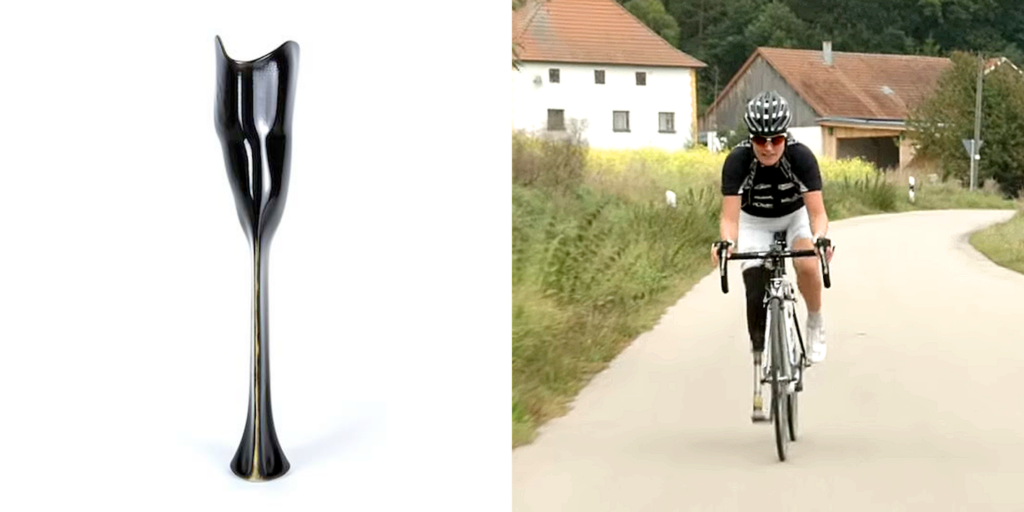
横井:10代から自分のデザイン会社を起業し、そこからプロのデザイナーとして歩んでいるキャリアは本当にすごいですね。建築からインダストリアルデザインへの転身についても興味深いです。何がその転身のきっかけになったのでしょうか?
Pooria:実は私はデザインの学校には通っておらず、建築の学校に通いました。幼い頃から建築に夢中で、機能的な構造を作り出し、都市の一部を創ることに魅了されていました。しかし、実際の建築業務では、学校で学んだような先進的でイノベーティブなアイデアは世のなかでほとんど実現しないことを知り、より日々のニーズに対してデザインを創造する方向にシフトしました。
インダストリアルデザインに転身したもうひとつの大きな理由は、父とのやり取りからです。ある日、デザインの悪い缶切りに苛立っていた私に父が「もしもっと良いものを創れると思うなら、創るべきだ」と声を掛けました。私がデザインに惹かれる大きな理由のひとつは、物事をより良く、より使いやすくすることができるからです。
横井:その何気ないお父さんとの会話は、日常の課題を解決するという当たり前だけど重要なデザインの本質を突いていますね。それを踏まえたうえで、これまでイノベーティブなプロジェクトが多いですが、日々のインスピレーション、新しい専門知識やデザインスキルはどのように磨いているのですか?
Pooria:サイエンスフィクションが本当に大好きなんです。実は、今っぽいデザインプロダクトやデザイン書籍は自宅にはほとんど置いておらず、むしろ、アメリカンコミックや漫画といったグラフィックノベル、映像、映画など、未来の可能性を示す作品にいつも興味があります。例えばサイバーパンクの映画や番組を見て、「こんな未来とは違う未来を描くとしたら?そこから何を学べるか?どんなクールなアイデアやプロダクトがあるか?それを今どう実現するか?」と自問しています。
また、他の国や地域の文化、生活、空間、考え方に興味があり、その影響を受けたデザインはどのような製品で、どのようにデザインされているのかを学ぶために、よく海外へ旅行します。さらにデザイン学生の作品を見るのも大好きです。現実的な制約や業界の固定概念に縛られない学生の想像力は、プロのデザイナーよりも自由で創造的です。
スキル向上のためには、読書と実践を組み合わせることを心がけています。理論だけでは不十分で手を使って学びますね。実際にやってみることで本当に理解したといえるでしょう。
Pooriaのこれまでのデザイン
Volkswagen Group
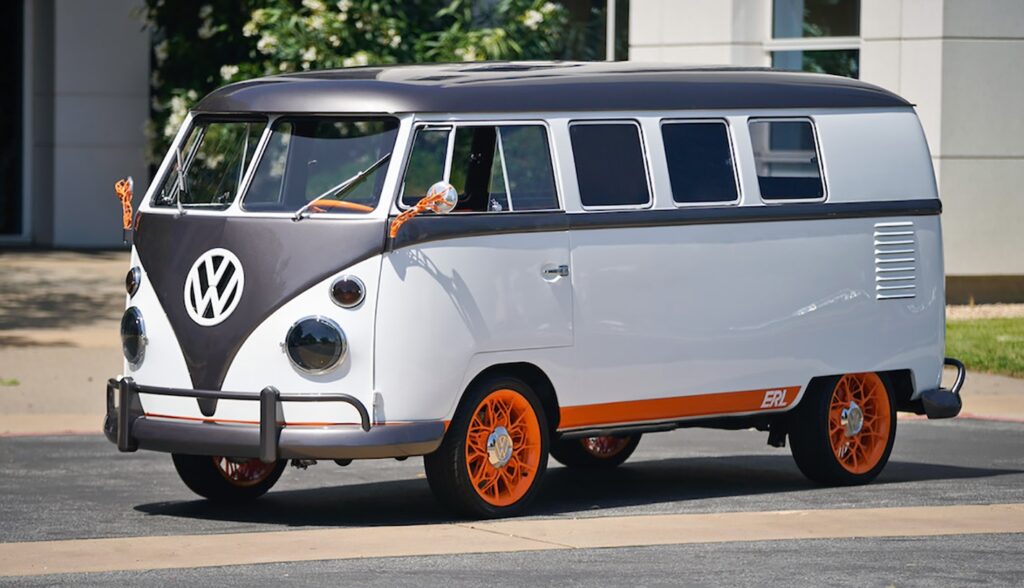
シリコンバレーにあるフォルクスワーゲンのInnovation and Engineering Centerと協業し、象徴的なモデルである「タイプ 2 バス」に、さまざまなデザインや製造技術を盛り込む未来プロジェクト。
Pooriaは、ホイール、ステアリングホイール、キャビン内装、外装トリムのデザインに、「ジェネレーティブデザイン」(特定の要件を満たすためにアルゴリズムやAIを駆使してデザインを自動生成する3D CADの技術)を適用するチャレンジングなデザインを提案しました。
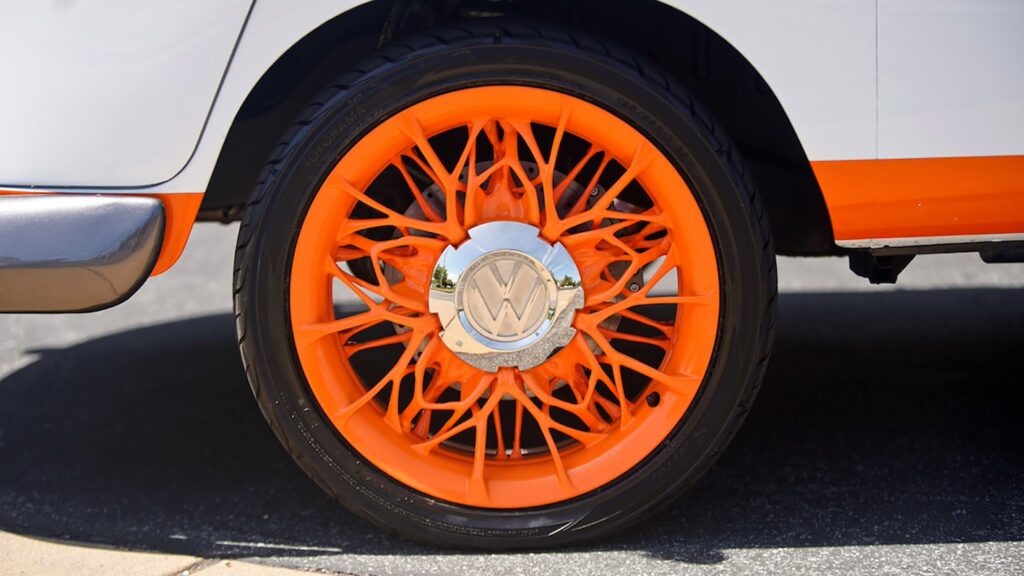
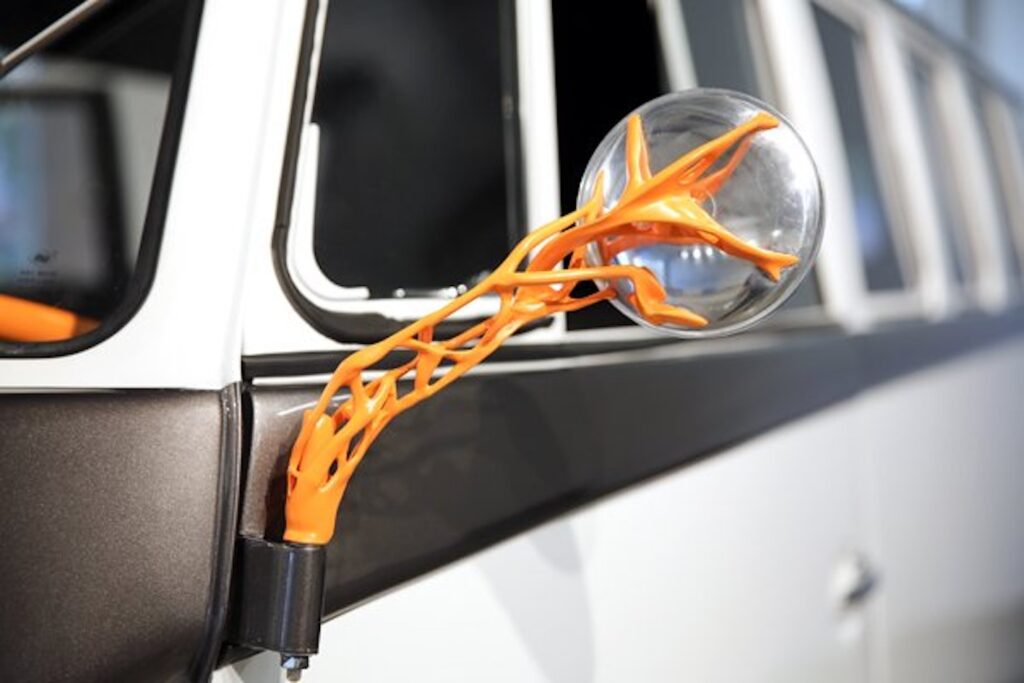
例えば、スポークホイールは非対称デザインとし、走行時には新しいドップラー効果を生み出します。ジェネレーティブデザインを取り入れながら、50年代のレトロな印象を残しつつ、現代のレースホイールからもインスピレーションを受けた機能的なデザインとなりました。花のように見える有機的で特徴的なデザインから、メンバーの間ではプロジェクト名を「Lotus(蓮)」と呼んでいました。
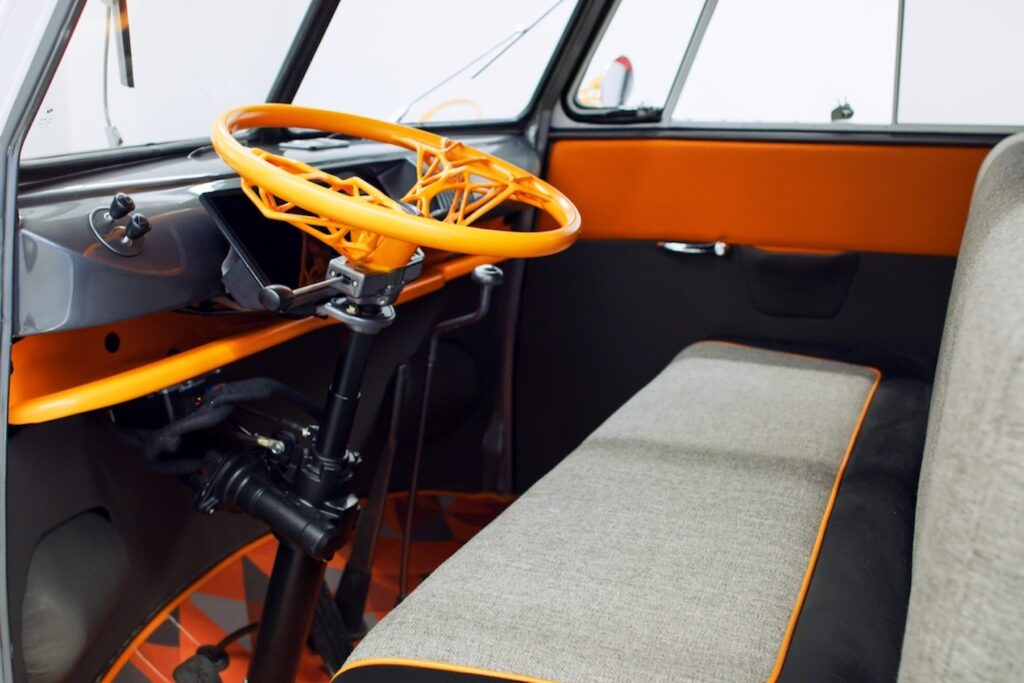

Raiden
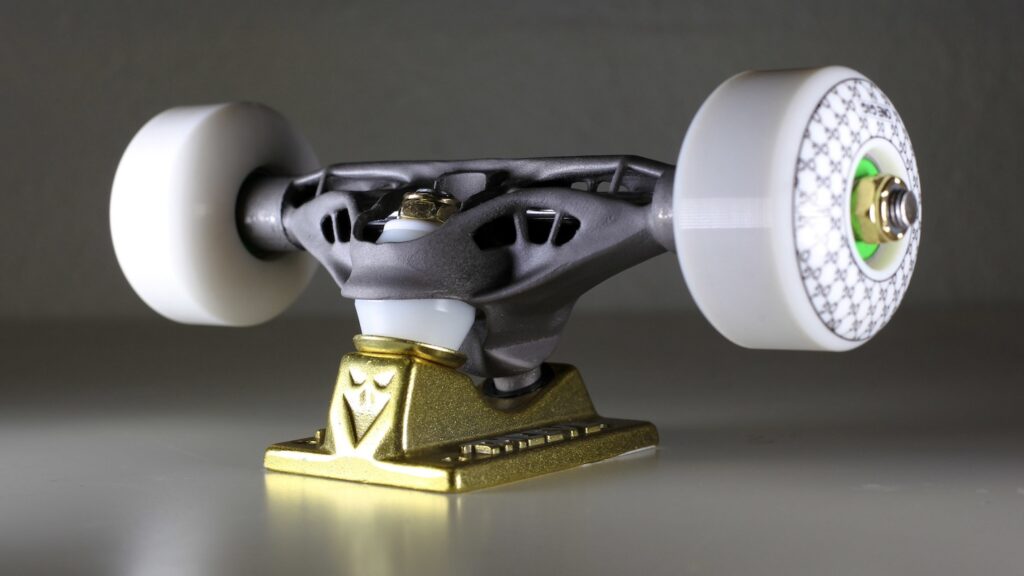
Raidenは、先ほども取り上げたAutodeskの新しいテクノロジー「ジェネレーティブデザイン」や金属3Dプリント技術の応用を目的としたプロジェクト。この新しいデザインテクノロジーを試すターゲットとして、Pooriaは、スケートボードのトラック部品に着目しました。着地の際の摩擦や衝撃に耐え、スケートボードの操舵機構としても機能しなければならないため、ジェネレーティブデザインと金属3Dプリントの強度や耐久性を実証するには最適だと考え提案しました。
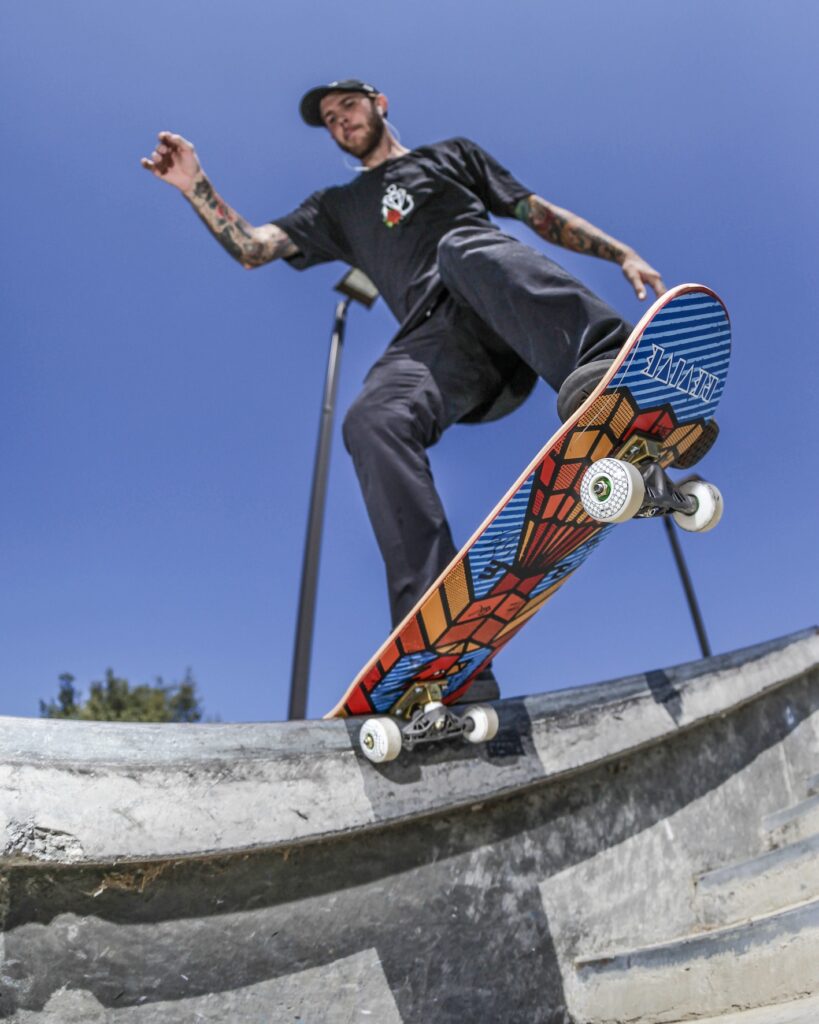
Pooriaの一番のこだわりは、アクスルとキングピンの部品間の空洞のデザインです。ジェネレーティブデザインから生まれた初期のフォルムから、細かい調整を経て洗練されたデザインに進化させました。強度などの要件を守りながらも、最小限の材料で作られていることを強調するような幾何学なフォルムをブレンド。金属3Dプリンターで実際にパーツを製造して組み立て、地元シリコンバレーのスケートパークで活動するプロスケーターとコラボしました。実際に使ってもらいながら、厳しい実地テストや最高3メートルからのコンクリート地面落下にも耐え、トラック部品はまったく変形せず、ジェネレーティブデザインと金属3Dプリントの有用性を示しました。
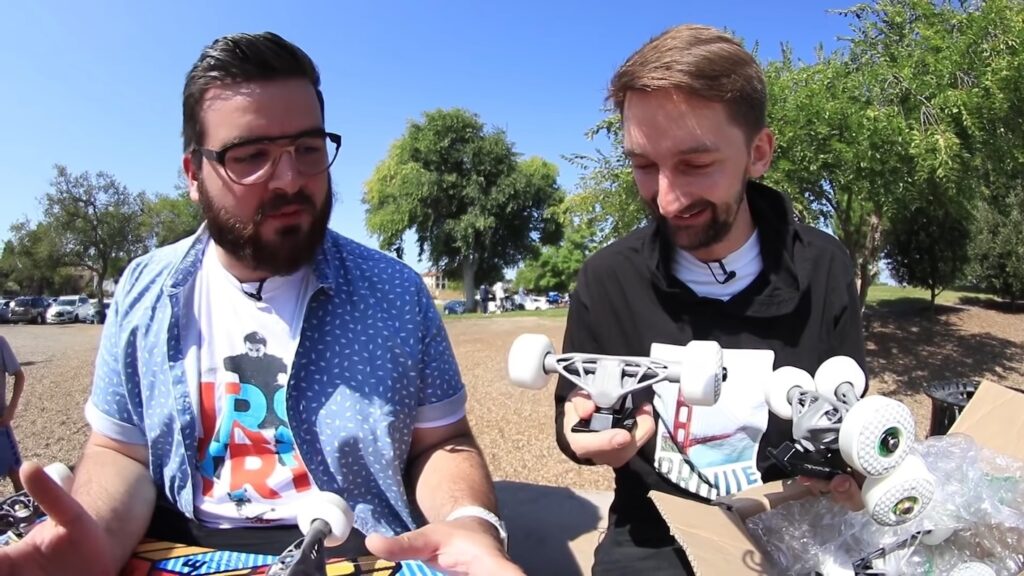
BBI Autosport, Hoonigan

カリフォルニア州ハンティントンビーチに拠点を置く、ヒルクライム、オフロードレース、アイスレース、耐久レース用にポルシェをチューニングするBBI Autosportとのプロジェクト。PooriaはAutodeskのマネージャー兼リードデザイナーとして参加しました。
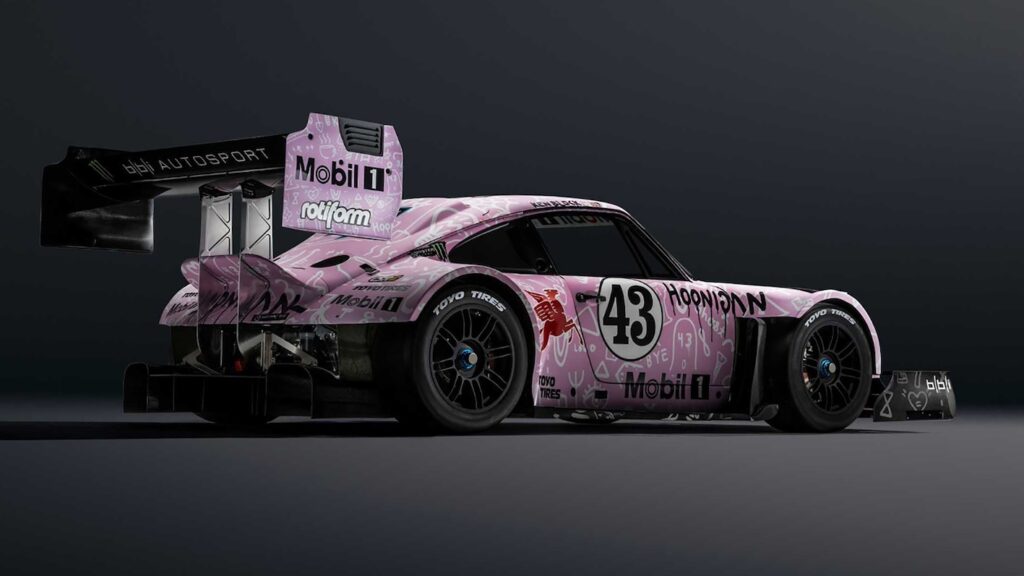
Autodeskは「Hoonipigasus」というヒルクライムマシンのエンジンパーツのデザインに焦点を当てました。当初は「なぜこのプロジェクトにデザイナーが必要なのか」と疑問を持たれましたが、エンジンだからといって美しくなくていい訳ではない、と理解を得ました。
PooriaとAutodeskのチームは、デザインの意図も入れながら理想の流体力学を研究し、見事に目標を達成。例えば、デザインの特徴としてエアインテークをファセット(ライン情報だけで面が構成されているデザイン)にしつつ、空気の流れも効率化させました。これまでにない表面処理技術も考案し、流体解析も踏まえてエアインテークの内側を滑らかに最適化し、形状そのものも可能な限り薄くできました。
もともとPooriaはアメリカのラリードライバーであるケン・ブロックのファンであり、彼のドリフトへの情熱もこのデザインへのモチベーションの根っこにあり、彼にとって最もお気に入りのプロジェクトとなりました。

アメリカやシリコンバレーにおけるデザイナーの役割と存在意義 – 新しいテクノロジーを交えてデザインをかたちづくる
横井:デザイナーとして、一貫して重視していることは何ですか?
Pooria:その答えはとてもシンプルですね。社会にとって有益なものは何か? 世界をより良くするために何ができるか?そしてそれをどう持続させるか? 10代の頃、ギターの先生からもらった、デザインにも通じるアドバイスは今でも覚えています。「弾き心地が良いだけでなく、そのギターを見たときに毎回弾きたくなる、そんなギターを選びなさい」私はその言葉をどんなデザインプロジェクトでも必ず思い出すようにしています。問題を解決するだけでなく、見るたびに使いたくなるデザインも、重要な要素なのです。
横井:まったく同感です。ちなみに、世界中でデザインプロジェクトの経験を持つあなたにとって、アメリカやシリコンバレーのデザイン文化やそのユニークな側面は何でしょうか?そして、それらが現地のデザイナーのアプローチや創造性にどのように影響を与えていますか?
Pooria:アメリカでのデザインは私にとってとても魅力的です。ここでは世界的なブランドのためにデザインをしている素晴らしいクリエイターがたくさんいます。「夢を追いかけろ、必ず実現できる」という精神や文化は、デザイナーにも自信を与えてくれます。そしてデザイン開発においては、特にそのユーザーについて強いフォーカスを当てていますね。ここでのデザイナーは、機能や形はその結果としての扱いで、まずは顧客、クライアント、ユーザーについてとにかく多く議論します。
例えばヨーロッパでのデザインだと、機能や形が先に来て、それからクライアントやユーザーにあわせて洗練させていきます。結果として同じようなものが生まれますが、アメリカのアプローチは、まずユーザーのニーズに正直に向きあいますので、結果的にビジネスとしても良いように思います。「何?」を考える前に「誰?」を徹底的に考えます。
ちなみに、私のお気に入りのデザインは日本発のものが多いですよ。日本のデザインはプロポーション、形、機能を完璧にバランスさせているのが特徴的です。MUJIやMazdaのように日本のデザイナーは、無駄を省いてシームレスでミニマルなシルエットを創りつつ、魅惑的な見た目に仕上げ、「クール」な要素を備えた製品を作るのが得意だと感じています。
シリコンバレーは、ハードウェア製品開発にとっても魅力的な地域です。主にソフトウェア企業がたくさんありますが、イーストベイには小さな町工場や、長いアートの歴史もあります。シリコンバレーのデザイナーには、将来普及するかもしれない新しいテクノロジーに触れる機会が豊富にあり、そのテクノロジーがハードウェア製品にもどのような影響を与えるのかを考えさせられますし、そして新しいデザインのアプローチも世界に先駆けてトライできる、そんな恵まれた環境にいるといえます。例えばAI(人工知能)の技術がデザイナーにもアクセス可能になりつつある今、クライアントにビジョンを伝えることが容易になったり、デザインアウトプットがよりスピーディになったりと、デザイナーは新しい手法としてこのテクノロジーを取り入れ始めていますね。
横井:AIの話が出ましたが、例えば生成AI(コンテンツを生み出す新しいAI技術)のような最新テクノロジーが、デザイナーの役割をどのように変革し、デザインの未来をどのようにかたちづくると思いますか?
Pooria:生成AIは大量のデータへのアクセスを可能にさせ、超高速なアイデア展開力はデザイナーにとって魅惑的ですね。製品をデザインすることは、ユーザーのニーズ、クライアントのニーズ、マーケティング、エンジニアリング、製造を含むあらゆる側面を構築する必要があります。そのうえで、生成AIのような技術は、製品のユーザーにもクリエイティビティを与えたり、企業内のワークフローも効率的にします。
デザイナーには、関係者、技術、スキルなどあらゆる側面をシームレスに構築し機能させる「プロダクト・アーキテクト」のような役割が、今後求められるでしょう。これからのデザイナーは、初期から高次元な問いを考え、より広範な文脈や将来のインパクトも視野に入れる必要があります。
新しいテクノロジーは、デザインやデザイナーの存在を脅かすものではなく、これまでのあり方をシンプルに変革するだけです。例えば、手描きスケッチからCADへのシフトは、デザイナーに新しいスキルや考え方を生み出しましたし、新しい製造技術はこれまでにない機会をもたらしました。生成AIは黎明期であり、実用面での利用はまだこれからですが、その可能性は広大です。
これらのテクノロジーを探求し、社会に有益なソリューションを創造するのも、デザイナーの役割として最適だと思います。

Pooriaとの対談から見えるデザインの未来:国・文化・産業・技術などの越境からイノベーションを生み出す
Pooriaとの対談を振り返り、進化するデザイナーの役割について、彼の深い洞察に感銘を受けました。アメリカやシリコンバレーの文化的なニュアンスも念頭に、「プロダクト・アーキテクト」としてのデザイナーの未来を見据え、さまざな境界を自由に越え、技術、エンジニアリング、ユーザーエクスペリエンスを統合することを重視しています。
デザイナーとして、生成AIのような新しいテクノロジーに対する積極的な姿勢は、有意義な社会的インパクトとイノベーションを創造するには非常に重要だと感じました。人を中心においたデザインと、よりポジティブな未来に対する取り組みに、感激しっぱなしのインタビューとなりました。
Pooriaのその他のデザインは彼のポートフォリオサイトからもご覧になれます。
Exploring the Role and Future Missions of Designers – Interview with Pooria Sohi [ “From US & Silicon Valley”_Vol.2 ]

From Architecture to Industrial Design: Pooria Sohi’s Inspiring Journey
Yasu: Thank you so much for the opportunity for your interview. Can you tell us about your journey into the design world? How did it all start?
Pooria: I started my first design company at 16 with my best friend from school. We were messing around with graphics and video, making different animations and edits for other students, but I started as a professional when I was 21. I started as an architectural designer before graduating as a full architect, shifting gears into industrial design.
I started my first real studio, TwoZeroFiveTwo, in 2013 in London with my business partner, providing design services and additive manufacturing consultation to several big and small companies, including Pinterest and Microsoft, when the popularization of desktop 3D printers was just starting to blossom. From there, we began standardizing the company on Fusion 360, a cloud-based 3D CAD software by Autodesk. This caught Autodesk’s attention, and I decided to close the studio to join Autodesk, as they were able to back my ideas and design intentions at a much higher level than I was able to do alone.
Right out of the gate, I got to work with Paralympian Denise Schindler. With her, in 2016, we produced the world’s first digitally produced performance prosthetic from end to end, replacing every analog process in making prosthetics with digital ones and even 3D printing the leg she went on to race with; she even won 2 medals at the Paralympic Games!
From that point onward, I worked on many cutting-edge projects, from major companies to fledgling startups, spanning the medical, sports, consumer, and automotive industries. Without question, the automotive projects have been my favorites because of how delicately design and engineering are balanced together; plus, I am just helping to build cool cars.

Yasu: Wow, your journey from a teenage startup to a professional designer is truly inspiring. Hearing about your transition from architecture to industrial design is also interesting. What made you transition to industrial design?
Pooria: I didn’t go to school for industrial design; I went to school for architecture. I was always obsessed with building, even from a young age. When choosing a career, architecture fascinated me for its ability to create functional, experiential structures that become integral to a city’s fabric. After a short practice, I realized school’s boundless possibilities rarely materialize in the real world, so I sought a creative path to build designs that solve real needs.
A big part of why I transitioned specifically into industrial design was after an exchange with my dad. He saw me getting frustrated with a badly designed can opener and said, “If you think you can do better, then you should.” A big part of why I am drawn to designing is to simultaneously make things better and more useful.
Yasu: Your story highlights the importance of practical problem-solving in design in our ordinary lives. How do you seek inspiration and improve your knowledge and design skills daily?
Pooria: I am obsessed with science fiction. At home, I keep very few design and creativity books that catalog what is being currently built or is historic. I am more interested in the speculative possibilities in graphic novels, TV shows, and films. I like to watch cyberpunk films and shows and ask myself, “How do we avoid this future? What can we learn from that speculative future? What are some cool ideas and products there? How do we rewind time to build a version of that today?”
I also enjoy traveling abroad to see how other cultures live, how they build their spaces, their cultural priorities, how that impacts local products, and how they design so that I can learn from them and their unique perspectives. I also love seeing design students do. Unencumbered by the real world and industry limitations, their imaginations are usually much freer than those of professionals because they don’t have to worry about how to build anything.
Outside of that, skill-building for me combines reading and practicing. I learn with my hands, but theory isn’t enough. I need to do something to understand it truly.
Pooria Sohi’s Design Works
Pooria Sohi shared his journey from architecture to industrial design, which was driven by practical problem-solving and inspired by sci-fi, travel, and student creativity. Here are some of his representative designs.
Volkswagen Group

VW Group of America was working on a technical future project, showing off various technologies in a concept VW bus. Pooria proposed an engineering challenge by applying generative design – a CAD technology that uses algorithms and AI to create designs that meet specific requirements – to design the wheels, the steering wheel, the interior cabin, and the exterior trim.


For example, the wheels are in a spoke format: 5 spokes specifically, because the non-symmetrical design creates a more interesting Doppler effect when in motion—leaning into generative design, drawing inspiration equally from retro hub wheels of the 50s and modern performance race wheels. As a result, the project ended up with the nickname “Lotus” because of how floral the final design looked around the center.


Raiden

Raiden was built out of urgency at Autodesk to show off the capabilities of its new technology, “Generative Design.” The project aimed to showcase the technology’s performance benefits, strength, and expedience.
Pooria proposed skateboarding one day after spending the evening before playing Skate 3, a video game. He was impressed with how skate trucks have to take such harsh forces from grinding impact from landing and be the steering mechanism for the board. Generative design and additive manufacturing allowed the idea to showcase the technology’s speed, strength, and versatility with pro skaters in one product.

His favorite part of the project is the scallop swoops between the axle and kingpin, featuring a rib cage-like hollow area. Initially rough from generative design, he refined and exaggerated the geometry to highlight minimal material use.
After assembling the parts using a hydraulic press, he took the 3D-printed skate trucks to a local skate park and challenged pro skaters to break them. Despite rigorous testing and even a 3-meter drop onto concrete, the trucks remained intact without deformation, proving the strength of additive manufacturing. It was a great success.

The collaboration movie with the skaters can be seen at: https://youtu.be/vXmkAK_TnJc?si=cdH1Zywv1Rf9EMy2
BBI Autosport, Hoonigan

Pooria has always been a huge fan of Ken Block, an American rally driver, and his hoon videos reinvigorated Pooria’s interest and passion for drifting on this project. BBI and Hoonigan had a clear intention and vision, and Pooria was added to the project as a design manager and lead from Autodesk.

Autodesk was focused on engine part design for the hill climb machine “Hoonipigasus,” which had many people asking, “Why do we need a design lead for this?” Just because it’s in the engine doesn’t mean it shouldn’t be beautiful.
Betim, BBI’s CTO, loves 3D printing, and when he uses it on his projects, he intentionally prints low poly parts to show off the 3D printed aspects in the vehicle. Pooria’s team looked at fluids and had an interesting problem: How can the part achieve fluid dynamics while maintaining the design intention? Faceting the intakes would decrease airflow efficiency, so the team came up with a crazy skinning solution. The interior of the intakes was smooth and optimized by generative fluids. The team shelled the geometry and manually faceted the exterior to make it as thin as possible to match int terior geometry.
The project turned out to be his favorite project ever.

The Designer’s Role and Value in the US and Silicon Valley – Emerging Technologies in Shaping Design
Yasu: As a designer, what do you consistently value and focus on?
Pooria: This is simple for me: What is useful to society? What can you do that builds something better for the world, and how do you make it last? The best design advice I ever got was from a guitar teacher as a teenager. I was getting lessons and was ready to buy my first guitar. When I started trying guitars out in the shop, he told me it was important to remember this: Don’t just buy the guitar that feels great to play. Buy the guitar you want to pick up and play it every time you look at it. I try to remember that in everything I design. It shouldn’t just solve a problem. It should do it in a way that makes you want to use it every time you look at it.
Yasu: I totally agree. Having design experience worldwide, what are the unique aspects of design culture in the US and Silicon Valley, and how do they influence designers’ approaches to creating innovative products?
Pooria: Design in the US is fascinating to me. There are so many incredible creatives out here who are doing work for brands worldwide. The culture of “chase your dreams, you can do it” has made the designers here believe in themselves more and focus strongly on the human connection in their products. They talk a lot about the customer, the client, and the user, far more than the features, the functions, and the form; those aspects are by-products of the end user.
In Europe, the features and forms would come first and then be adjusted by the customer and client. They result in similar things, but the US way of doing it is more honest to a user’s needs and better for business. You’re thinking about who before you think about what.
My favorite designers are from Japan because they perfectly balance proportions, form, and function. Japanese designers, like those at Muji and Mazda, excel at creating products with a “cool factor” through minimalism and seamless contouring, resulting in subtle and visually captivating designs.
Silicon Valley is interesting for physical products. Software companies primarily surround us in the Bay Area. However, East Bay, in particular, has a strong history of manufacturing, small fabrication shops, and art. Silicon Valley designers have the privilege of experimenting and seeing what technologies will be popularised in the coming years and getting a better insight into how those technologies might be integrated into physical products, as well as the privilege of trying out new ways of designing before the rest of the world.
Now, with AI becoming accessible, I see designers here embracing how that technology can help both clients communicate their vision and designers expedite their output.
Yasu: How are emerging technologies like generative AI transforming the role of designers and shaping the future of design?
Pooria: Generative AI, massive data access, and rapid building capabilities excite designers. I view designing products as architecture, encompassing design needs, client needs, marketing, engineering, and manufacturing. Technologies like generative AI allow consumers to explore creativity and streamline workflows for enterprises, leading designers to become “product architects.” This evolving role will involve more client involvement and require designers to focus on their unique skills, ensuring all aspects of a product work seamlessly together. Designers must consider higher-level questions from the start, like their designs’ broader context and future impact.
No new technology threatens design; it simply disrupts it. The shift from hand drawing to CAD introduced new skills and thinking, and new manufacturing methods presented opportunities, not threats. Generative AI is still in its early stages and has limited practical capabilities, but its potential is vast. Designers are ideally suited to explore and utilize these technologies to create beneficial solutions for society.

Pooria Sohi on Design’s Future: Crossing Borders and Integrating Culture, Technology, and Innovation
Reflecting on my conversation with Pooria Sohi, I am impressed by his deep understanding of design’s evolving role. He highlights the cultural nuances in the US and Silicon Valley and envisions designers as “product architects,” crossing borders freely and integrating technology, engineering, and user experience.
His forward-thinking approach to new technologies like generative AI emphasizes harnessing innovation to create meaningful societal impacts. Pooria’s commitment to human-centered design and optimism about the future are inspiring.
More of his works can be seen at: https://www.sohididthis.com/

![by Car Styling [カースタイリング]](https://motor-fan.jp/wp-content/uploads/2025/04/carstyling-jp_logo.png)
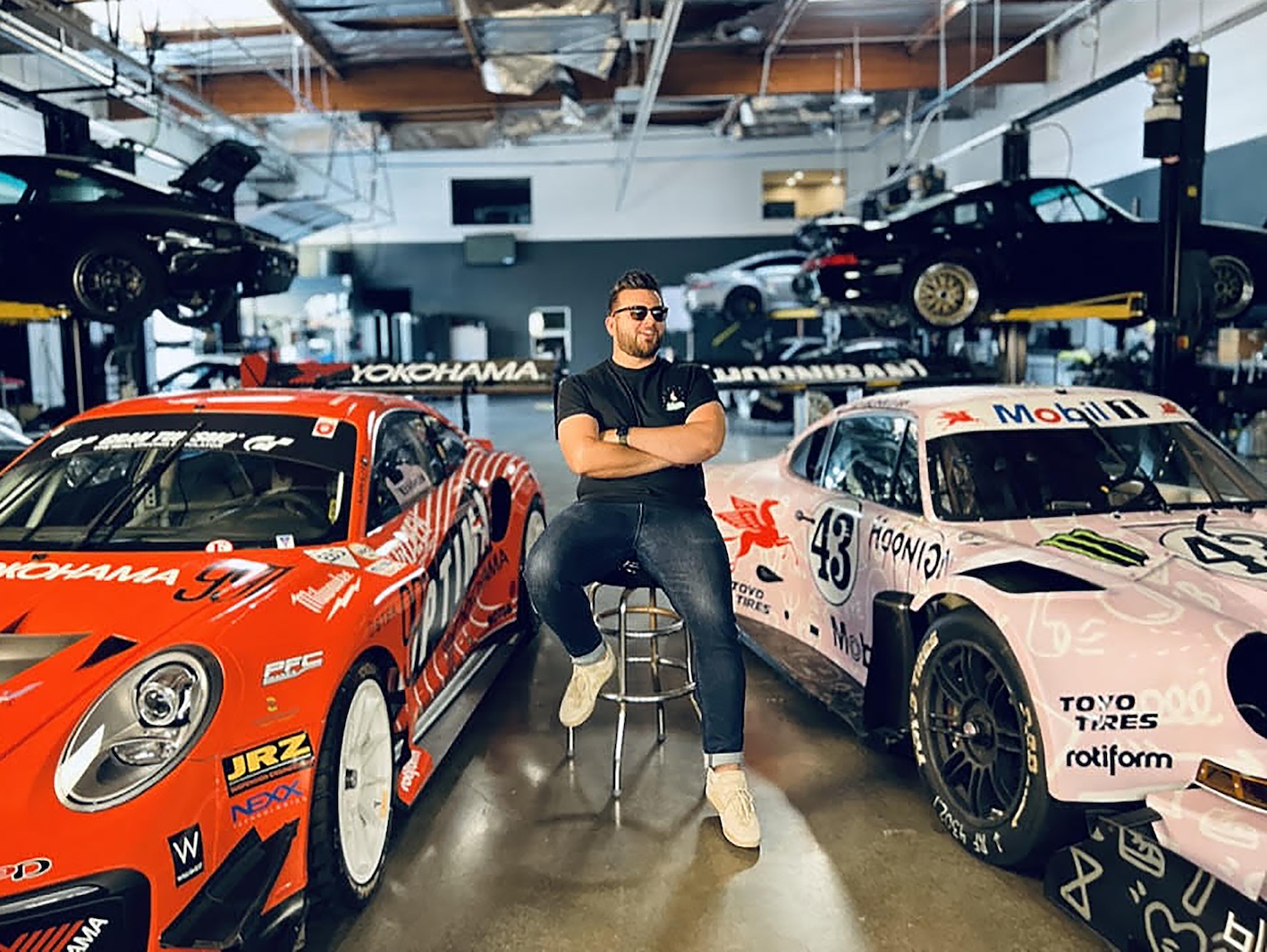

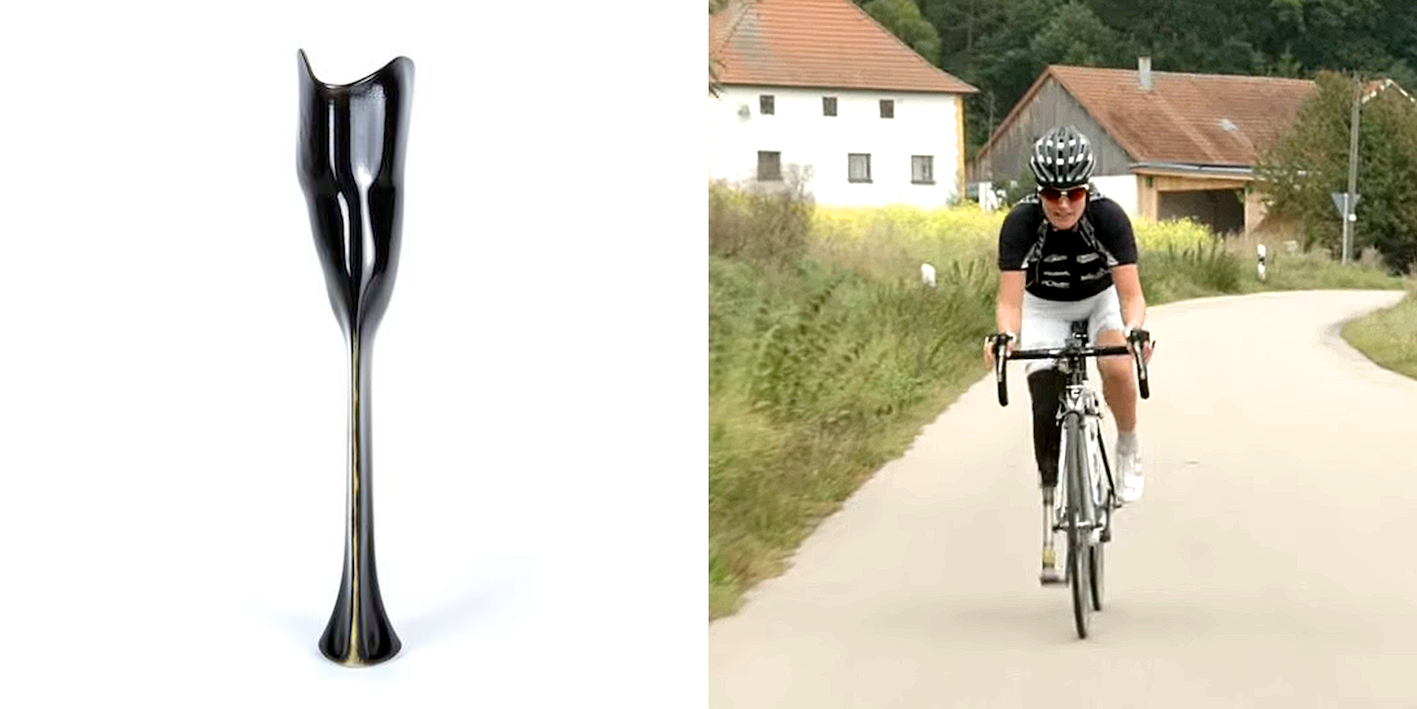
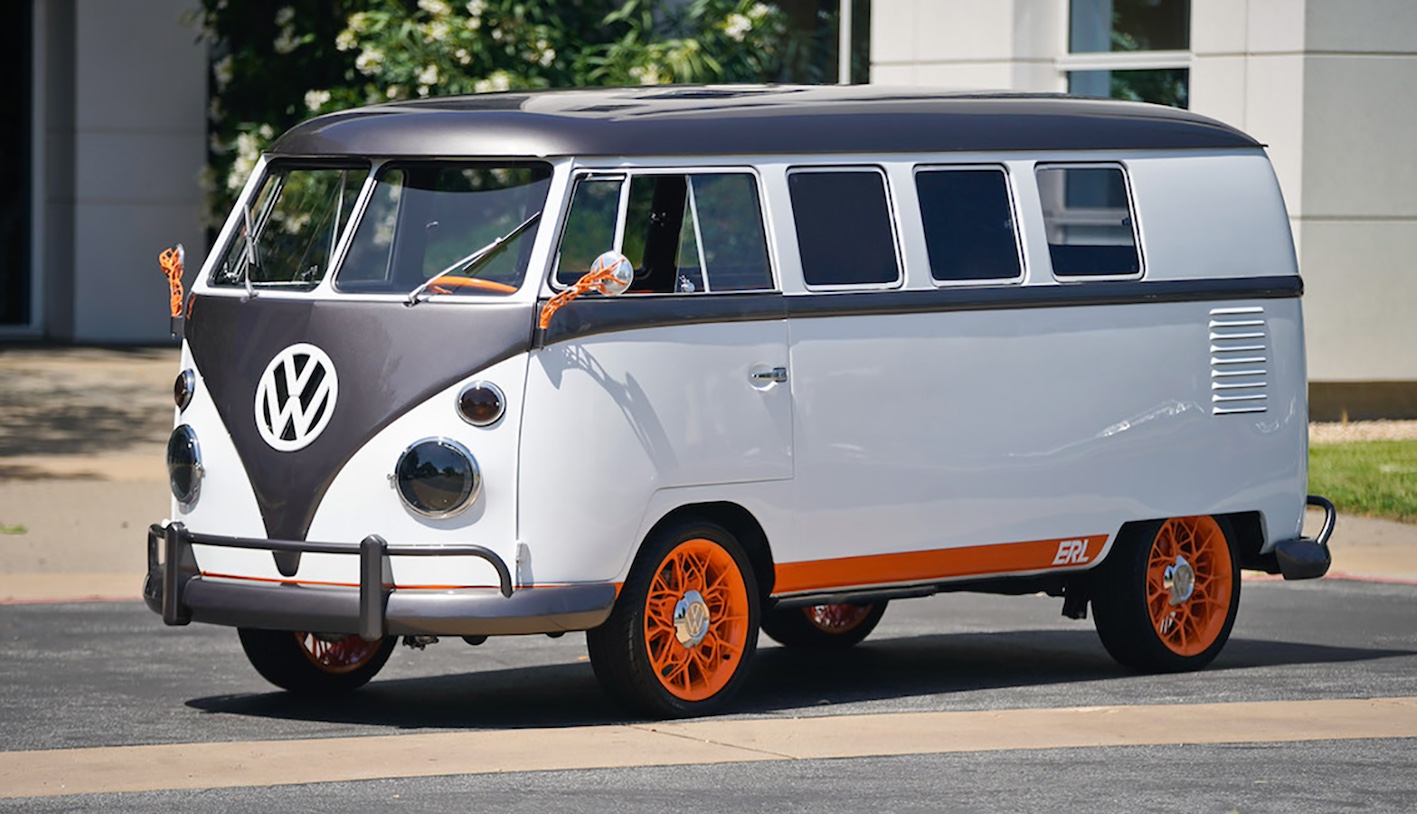



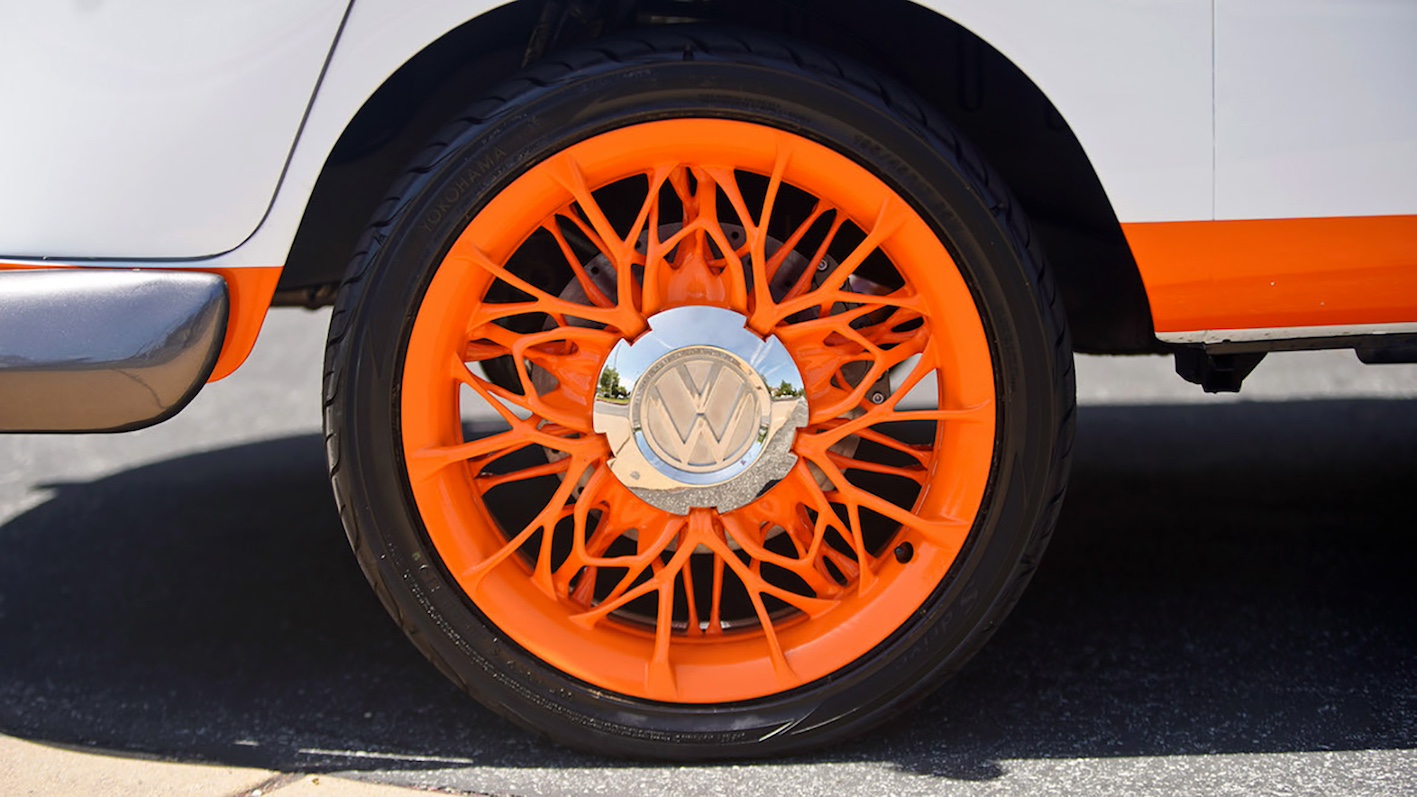
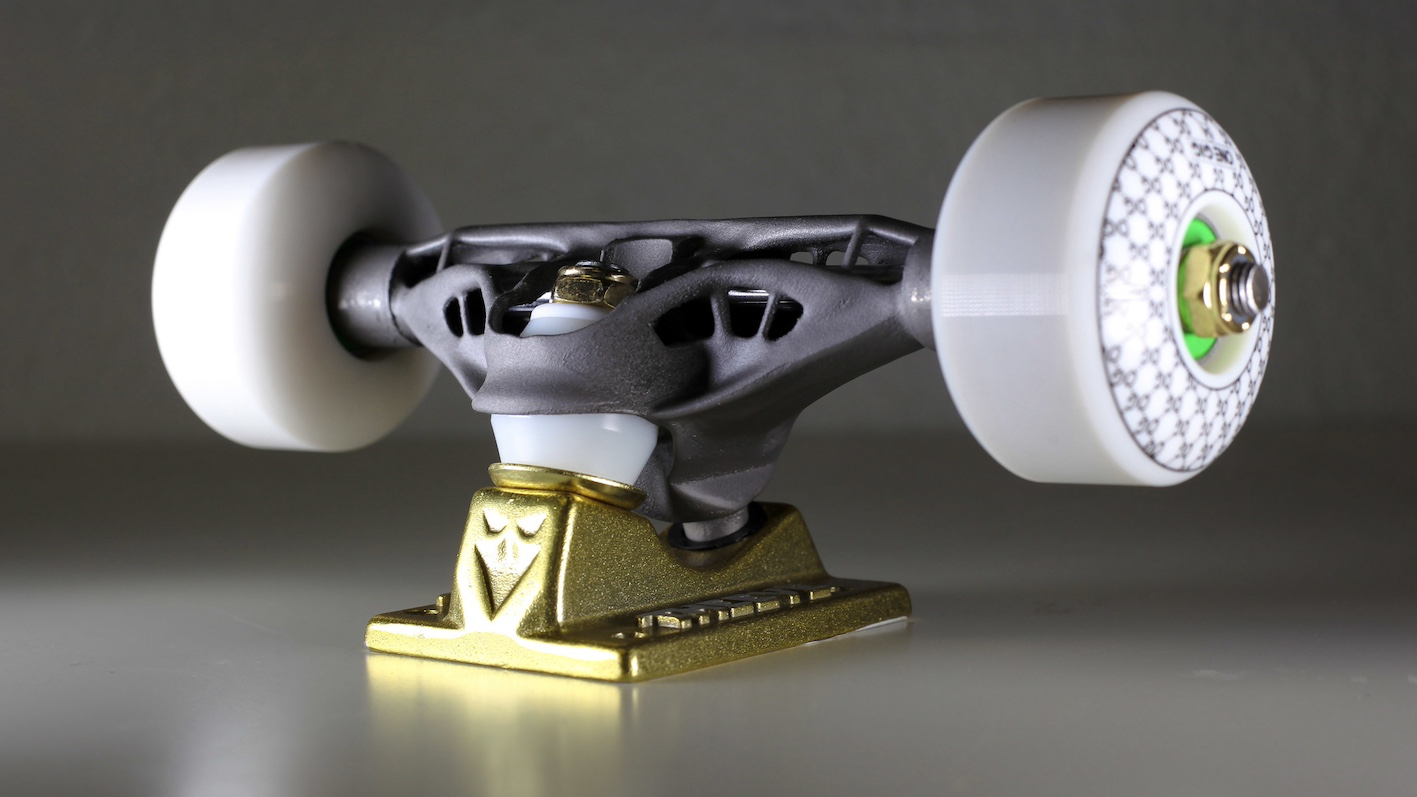
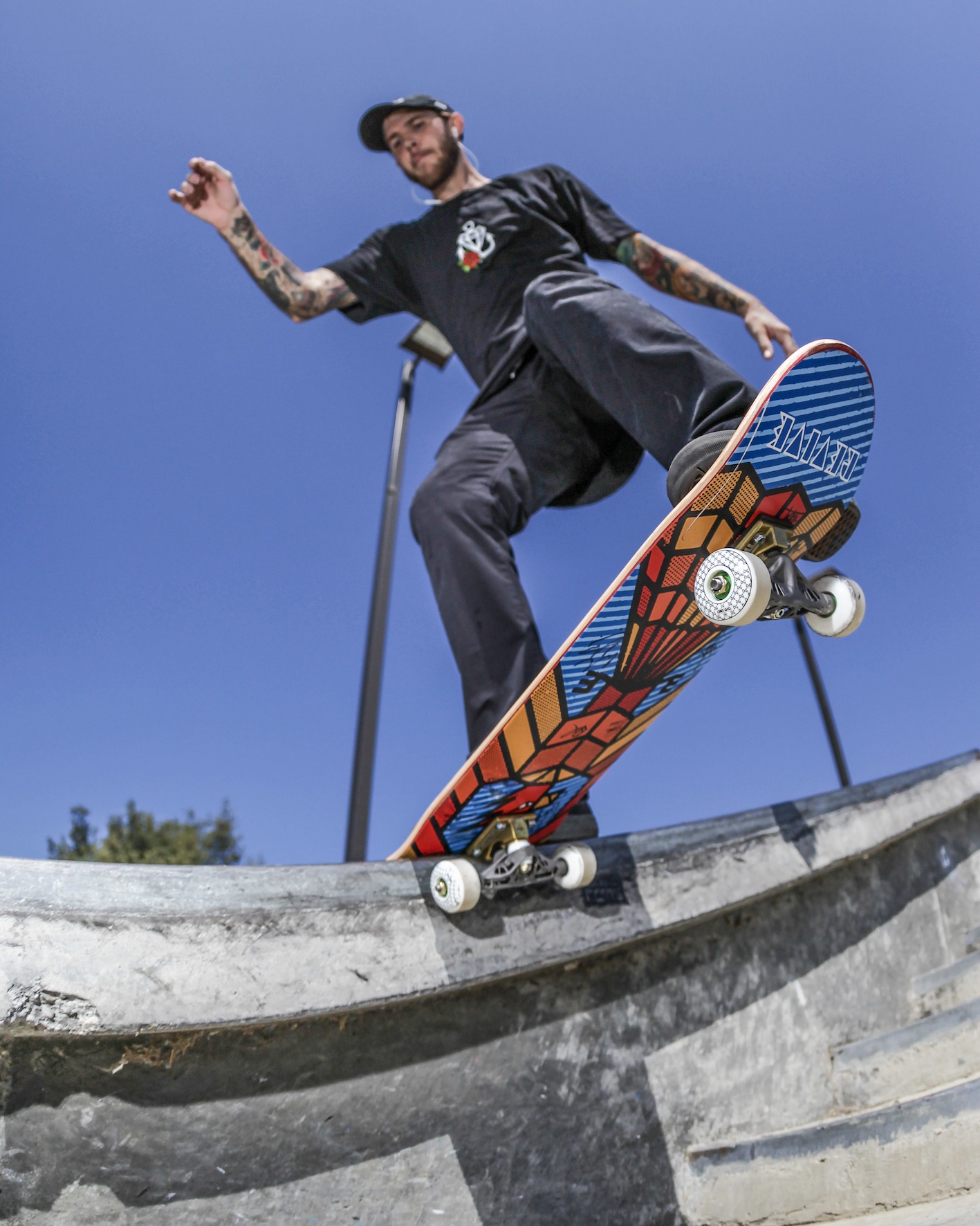





 Pooria Sohi
Pooria Sohi




